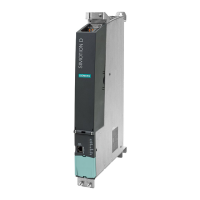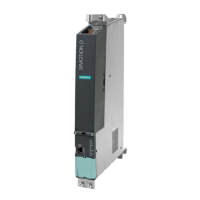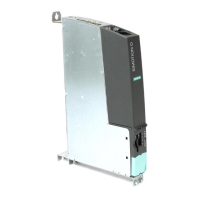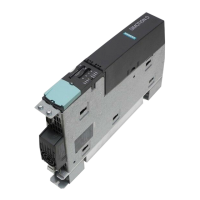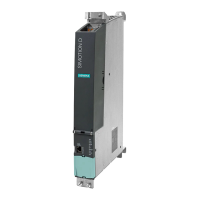Standards and approvals
A.3 Electromagnetic compatibility
D4x5
Manual, 03/2007 Edition
71
Division into safety-critical and non-safety-critical areas
Nearly all systems contain parts that perform safety-related tasks (e.g. emergency stop
switch, protective grating, two-hand controls). To avoid having to apply safety-related criteria
to the entire controller, it is customary to divide the controller into two areas - one that is
critical to safety and one that is not critical to safety. No special demands are made as
regards safety in the area that is not safety-critical as an electronic fault would not have any
effect on the safety of the system. However, in the safety-critical area, only controllers and
circuits that comply with the relevant regulations, may be used.
Important note
Even if an extremely high level of conceptual safety has been achieved in the design of an
electronic controller - e.g. through implementation of a multi-channel design - strict
adherence to all instructions in the operator's guide is mandatory, as incorrect handling could
invalidate measures taken to prevent hazardous faults or create additional potential hazards.
A.3 Electromagnetic compatibility
Definition
Electromagnetic compatibility is the capability of an electrical apparatus to function
satisfactorily in its electromagnetic environment without affecting this environment.
The control unit complies with the requirements of the EC directive on EMC and the EMC
law 89/339/EEC.
Relevant standards for the electromagnetic compatibility (EMC)
The following standards for EMC must be satisfied in order to comply with the EMC
installation guideline (Order No. 6FC5297-☐AD30-0AP☐):
Table A-2 EMC standards
Subject matter Standard
Product standard DIN EN 61800-3
Emitted Interference DIN EN 61000-6-4
Immunity to noise DIN EN 61000-6-2
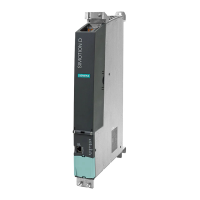
